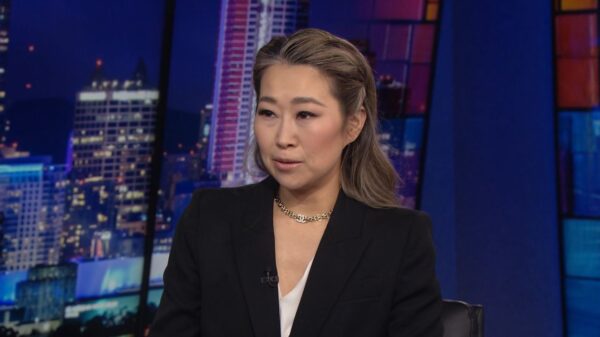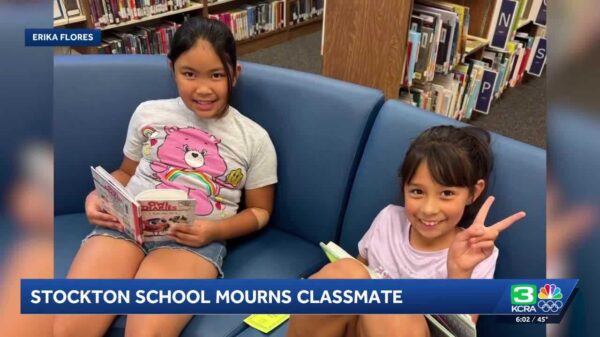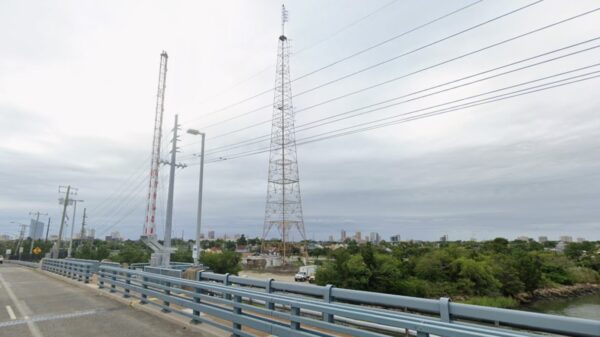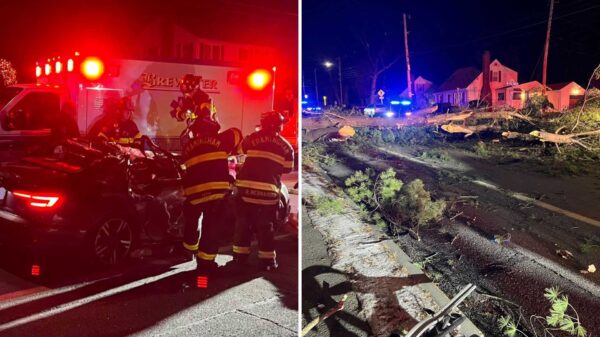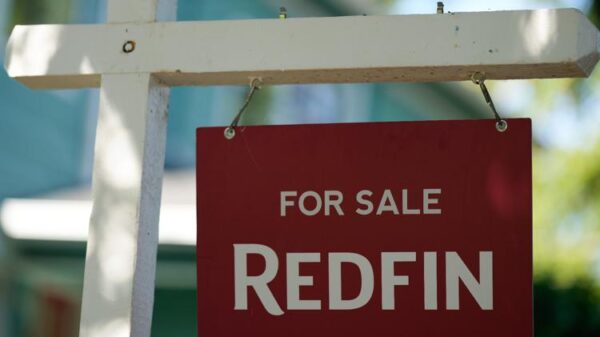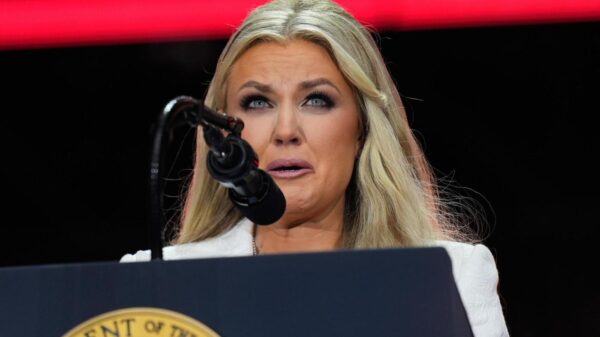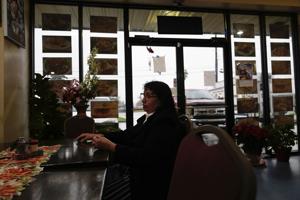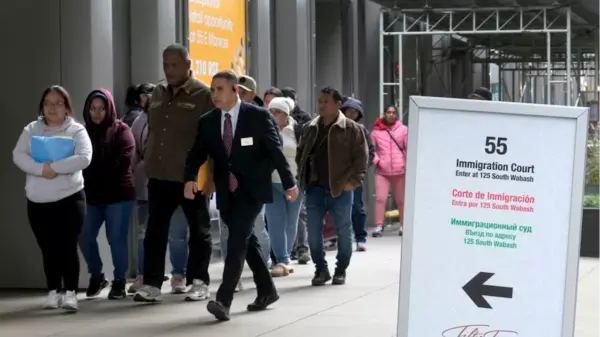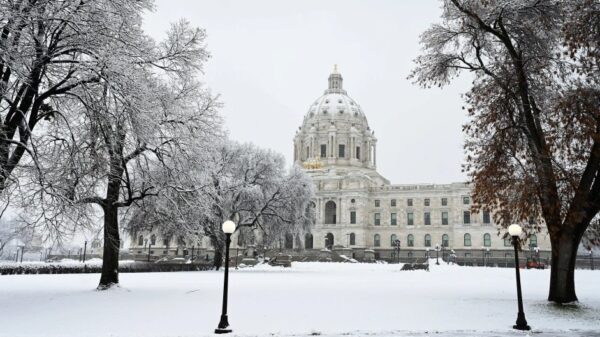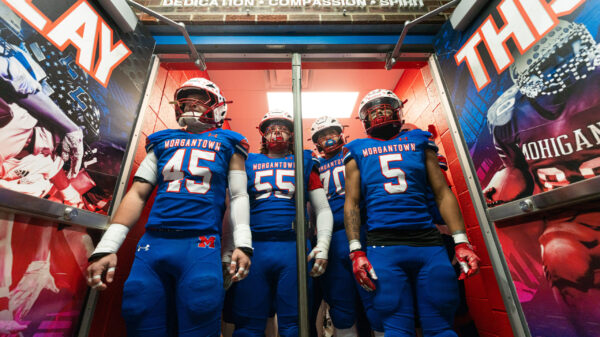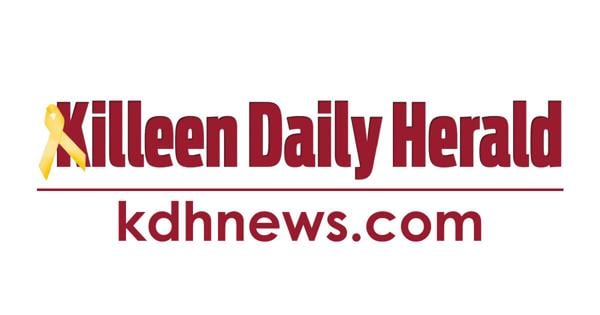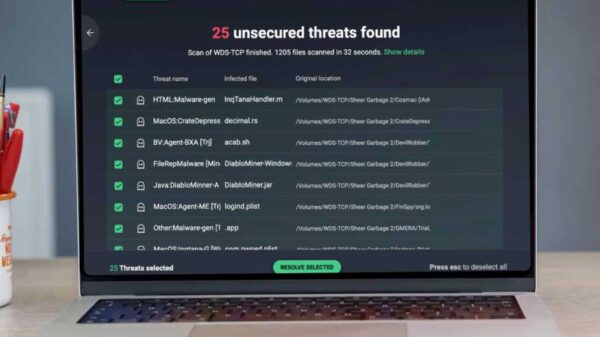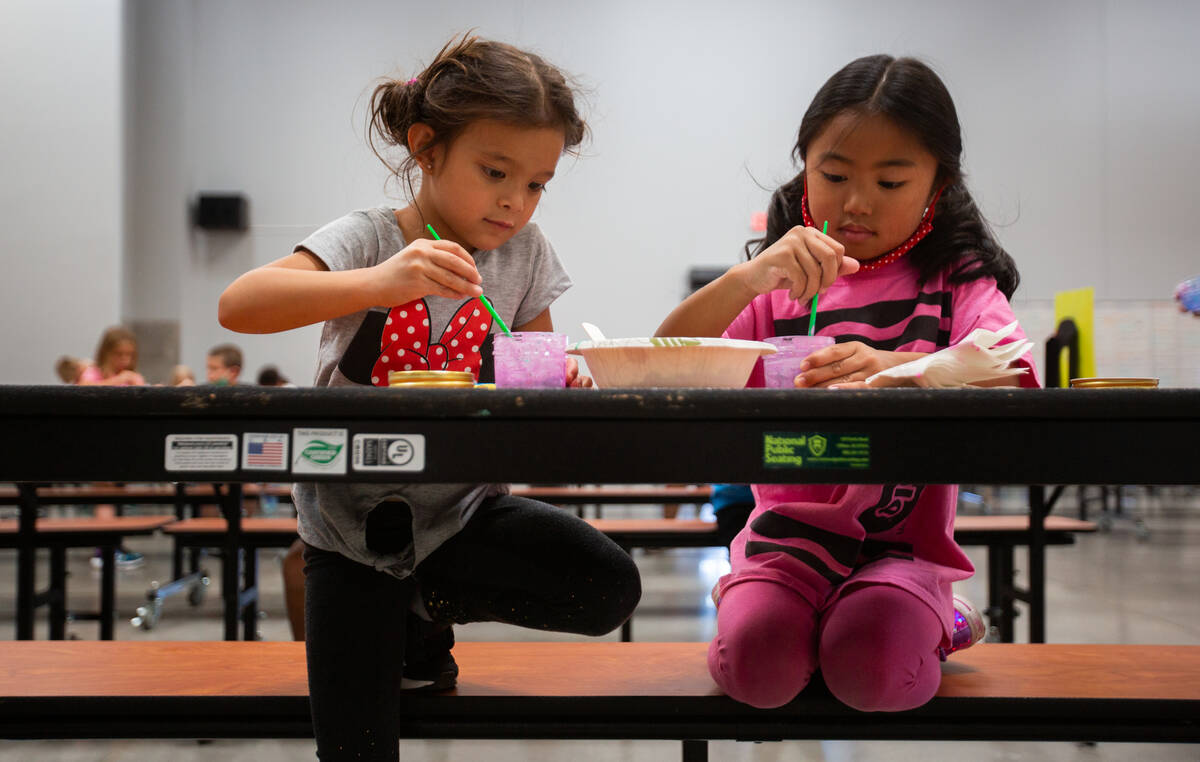The Clark County School District (CCSD) has reported a significant decline in student enrollment as the new academic year begins. Current estimates indicate that fewer than 286,000 students are registered, marking a steep drop from over 330,000 students during the 2018-19 school year. This current figure represents the lowest enrollment since the 2004-05 school year, despite Clark County’s population growth from 1.7 million in 2004 to over 2.4 million in 2024.
As families increasingly seek alternatives to traditional public education, the rise of charter schools appears to be a significant factor in this enrollment decline. Charter schools in Nevada, which are tuition-free public institutions operated by independent organizations, have gained popularity due to their operational flexibility and accountability measures. Unlike traditional public schools, charter institutions must actively attract students and can be closed for underperformance.
The success of charter schools is evident in their enrollment growth. From the 2019-20 school year to the 2024-25 school year, the number of students attending charter schools in Clark County surged by 26 percent. Last year, more than 64,000 students were enrolled in these schools, a figure comparable to the total enrollment of the Washoe County School District, which ranks as the second-largest district in Nevada.
While charter schools are a prominent alternative, they are not the only option available to parents. A notable increase in homeschooling and private education has also been observed. According to the Institute for Education Policy at Johns Hopkins University, approximately 6 percent of children in Nevada were homeschooled during the 2023-24 school year, more than double the rate prior to the COVID-19 pandemic. Additionally, around 22,000 students attended private schools last year. Together, these alternative education methods suggest that upwards of 100,000 students in Nevada are now receiving education outside of traditional public schools.
This trend points to a significant shift in educational preferences, reflecting families’ desire for tailored educational environments. Parents are actively pursuing the best educational options for their children, even when faced with challenges such as time and financial constraints.
The implications of these changes extend to the political landscape as well. The growing demand for school choice has sparked discussions regarding educational policy in Nevada. As families prioritize their children’s educational needs, there is an opportunity for legislators, particularly from the Democratic party, to reconsider their stance on school choice. Collaborating with Gov. Joe Lombardo to expand educational options could provide families with the variety they seek.
Yet, some Democratic lawmakers seem inclined to impose new restrictions on charter schools rather than support the movement towards increased school choice. This discrepancy highlights a tension between established educational frameworks and the evolving needs of families in Clark County.
As CCSD navigates its enrollment challenges, the ongoing shift towards alternative educational pathways suggests a broader desire for flexibility and choice in how children are educated in the state of Nevada. The landscape of education continues to evolve, and the actions taken by policymakers in response to these trends will play a crucial role in shaping the future of student enrollment in the region.



